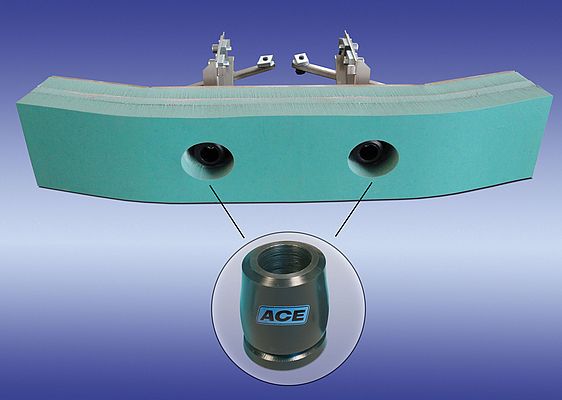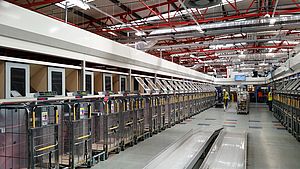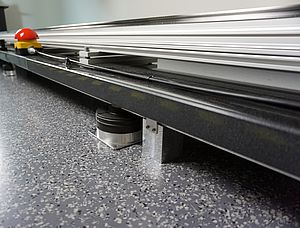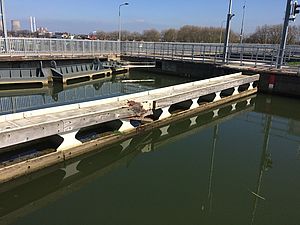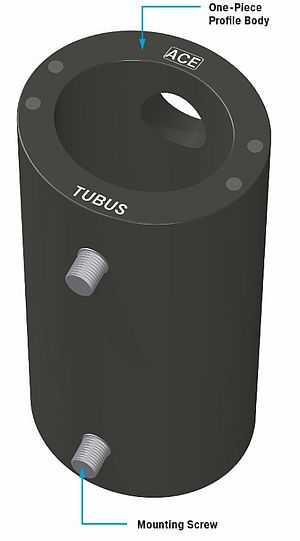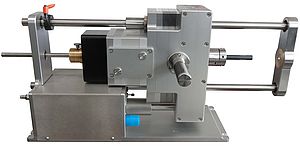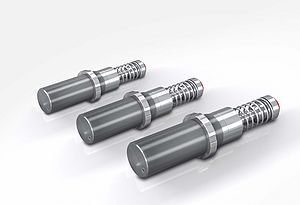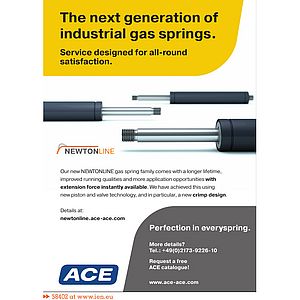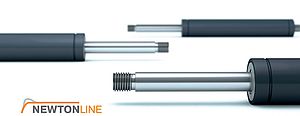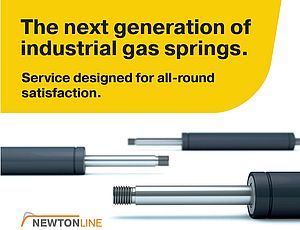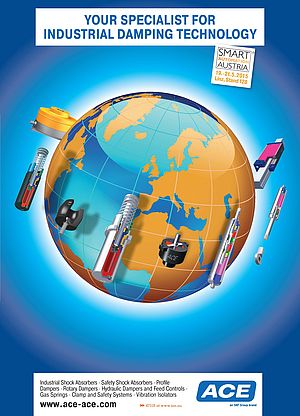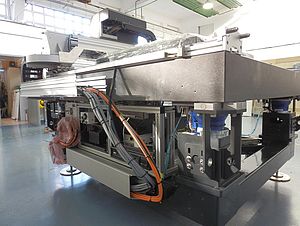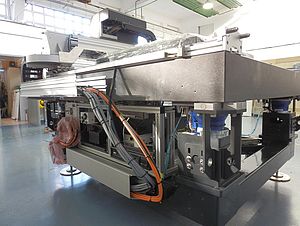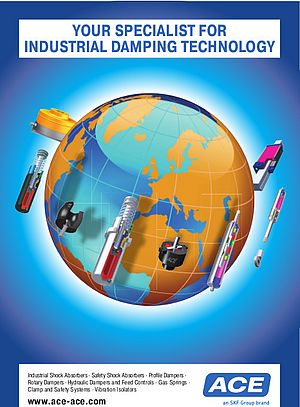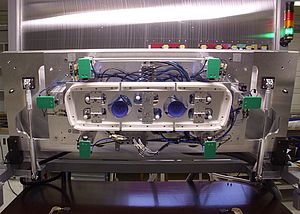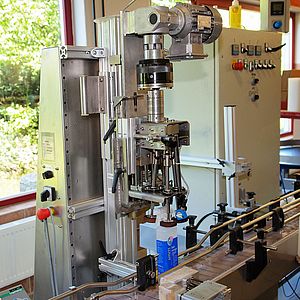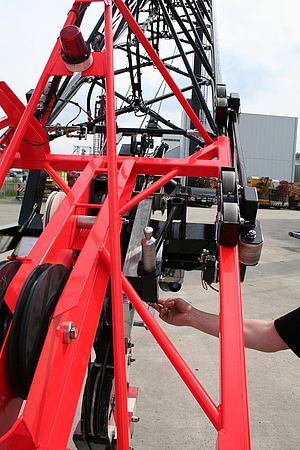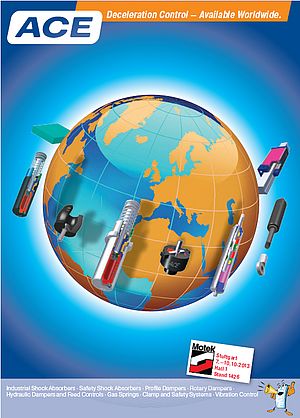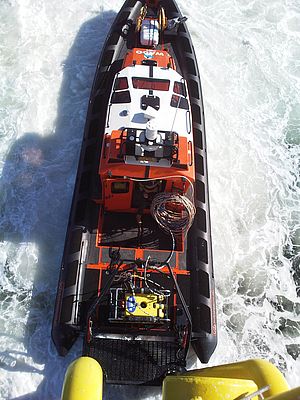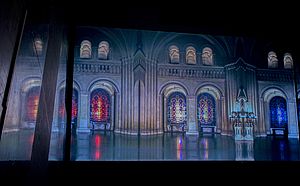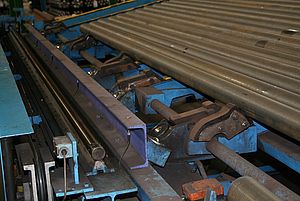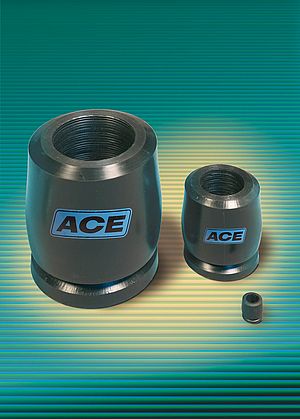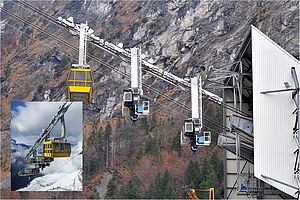Hustle and bustle also reigns in the catacombs of Zürich Airport. Because while the travellers hurry about above, 1,200 luggage transport wagons are continually on the move underground from the check-in counters to the gates and back again. These are goods that have to be transported carefully, so that various shock-absorbing elements from BIBUS and ACE Stoßdämpfer are used to ensure that neither the luggage nor the wagons are damaged during their rapid journeys.
Airports make every effort to ensure that their guests are kept waiting for as little time as possible. Whether travelling for business or private purposes, they naturally want to get to their destination as quickly as possible, and also recover their luggage immediately. The luggage handling therefore has to go correspondingly quickly. In Zürich, 1,200 transport wagons are used to move the luggage safely from A to B. The wagons weigh 120 kg, and are powered independently and uncoupled by means of linear motors. On their roller-coaster journeys they reach speeds of up to 8 m/s, or in other words nearly 30 km/h. When changing routes and on arrival, minor or major collisions repeatedly occur on this luggage roller-coaster. In the past Zürich Airport relied on simple foam shock-absorbers in order to cushion these impacts. Due to the low effectiveness of these solutions however, costly damage was still sustained time and time again to the bumpers and the light metal chassis of the wagons. Because of necessary repairs, it was therefore rarely possible to operate the transport system at full capacity.
In order to be able to work better and more efficiently, and ultimately to further reduce the waiting times of passengers, the “Technical Maintenance” department of the airport turned to the Swiss company BIBUS. The company is also well-known in the Alpine region as a trade, service and manufacturing specialist. The core competence of the group includes engineering, logistics and service, making it an ideal business partner for Zürich Airport. BIBUS also acts as the exclusive distributor in Switzerland for the high-quality shock-absorbing solutions of ACE Stoßdämpfer. After brief discussions with the designers of this manufacturer based in Germany, and taking into account all the service parameters, the airport decided in this case of a new design for the individual wagons of the transport system.
Two product families purchased, while still saving money
ACE and BIBUS consider themselves solution partners for their customers. This is demonstrated by the fact that they frequently apply unusual, and initially even apparently illogical methods in order to help their customers to competitive advantages and obtain for them the best possible result. The case of the airport transport system documents this in an impressive way:
Damper plates from the SLAB product series of ACE and profile dampers of the type TUBUS on the front and rear sides of the wagons are now both in use in order to protect them efficiently. The polyurethane SLAB plates and the TUBUS tubular dampers are generally always used when a moving mass has to be braked with no special positional accuracy. The plates can be cut to size, and due to their high internal damping can cushion impacts of up to approx. 1 m/s. In Zürich, three different plates of the type SL-030 with different thicknesses have been glued together and then fitted to the ends of the wagons in order to make speeds of up to 3 m/s tolerable, and therefore render the major proportion of impacts harmless.
The TUBUS dampers are made of co-polyester elastomer, and only come into action at even higher speeds. They are then able to absorb the additional forces created. A combination of different safety products make sense in this case in several respects. Attaching eight layers of SLAB plates at both ends of the wagons would be impractical in terms of size. The TUBUS dampers however are much more space-saving. However, since they are designed for a maximum of 5 m/s, they could not handle this task without the additional assistance of the SLAB plates. Using more powerful industrial shock-absorbers would be too costly in terms of procurement, and would also have a further problem: even their long service life of several million strokes would not be up to the large number of minor impacts suffered by the wagons in the long term. Although the service life of the less costly TUBUS dampers, at approx. 1 million strokes, is not quite in the same range, this does not matter, since in the ingenious dual design, the SLAB plates are responsible for cushioning most of the impacts.
The imaginative world of the engineers
From the 80 individual products of the TUBUS family, profile dampers of the type TA 40-16 have been installed in Zürich. As in all other profile dampers from ACE, the forces of up to 80 Nm/stroke are converted into heat by friction. Part of the energy generated is absorbed in this way, while the remaining part is expended again by the return of the body to its original position. The TA series is characterised by the degressive curves required in this case. For other applications, the damping specialists BIBUS and ACE also offer types with linear or progressive curves. Special versions can also be produced if required. The example of Zürich Airport shows that this is also possible across whole product groups. Every provision has therefore been made by the designers to ensure that the Zürich Airport “underground” can in future work even more efficiently than before.



